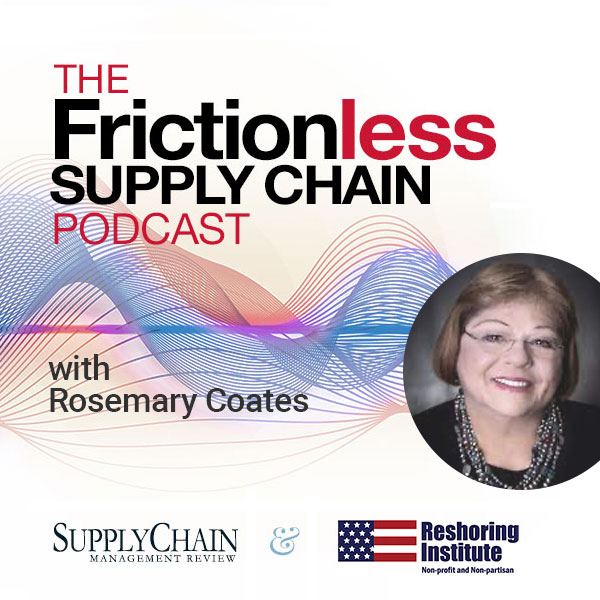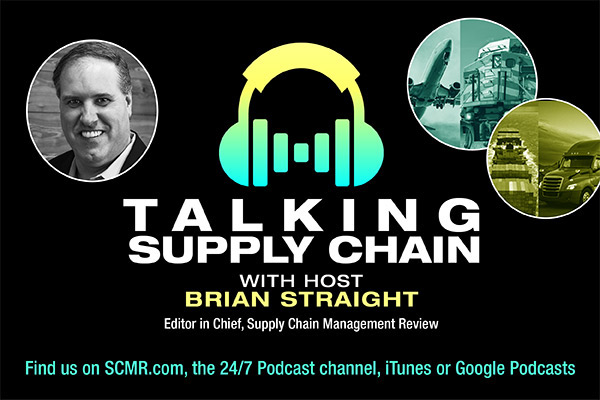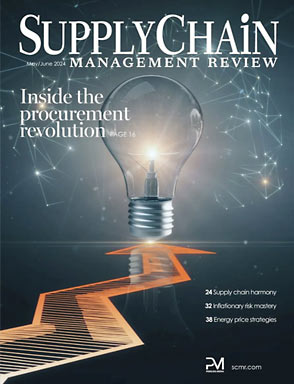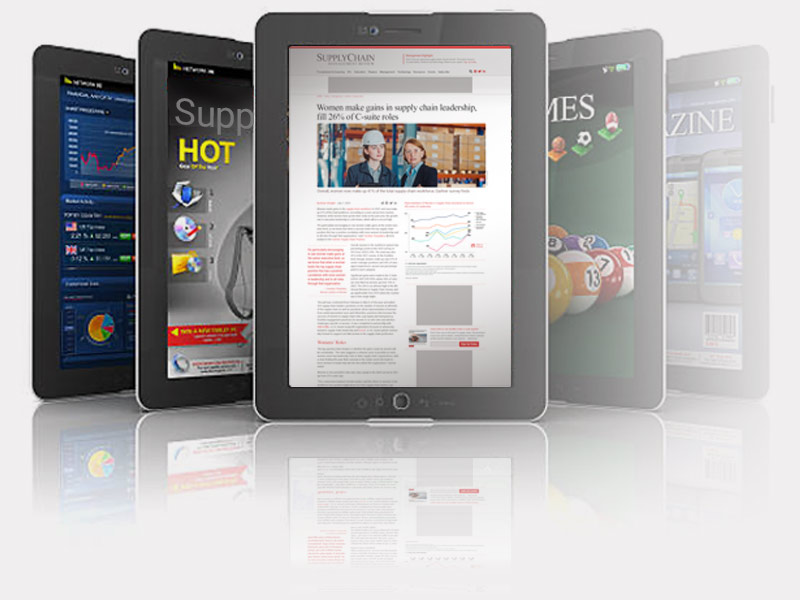United States-bound containerized freight imports finished 2023 on a growth track, for the fourth consecutive month in December, after a 14-month stretch of annual declines, according to data recently issued by S&P Global Market Intelligence.
December imports, at 2.2 million TEU (Twenty-Foot Equivalent Units), increased 9% in December, matching November’s annual percentage gain. For all of calendar year 2023, S&P reported that imports fell 8.5%, to 28.9 million TEU, while the fourth quarter posted an 8% annual improvement.
S&P Global Intelligence described sector level growth as “widespread” in December, including:
-consumer discretionary products, excluding autos, up 12%, driven by a 32% recovery in household appliances;
-imports of textiles, apparel, and luxury goods decreased 3%, snapping a two-month recovery led by household textiles;
-consumer staples were up 4%, with the low growth rate attributed to what S%P called “lackluster growth” in food and beverages; and
-capital goods shipments increased 13%, led by gains in electrical equipment, with materials, including chemicals and metals, up 16%
“While making a return to normal activity after the destocking- and demand-driven downturn of 2022, total shipments were only 8% above the fourth quarter of 2019, suggesting longer-term growth of less than 2% per year-over-year over the past four years,” the report observed. “Heading into 2024, the main challenge for seaborne imports into the U.S. will come from canal-related disruptions rather than from demand. [S&P] Market Intelligence forecasts call for a 2.1% increase in containerized freight imports in the first quarter of 2024, with growth slowing to just 0.4% in the fourth quarter.”
Chris Rogers, Head of Supply Chain Research for S&P Global Market Intelligence, said in an interview that when looking at this most recent batch of data it is key to remember that the fourth quarter 2022 was not nearly as strong as the fourth quarter 2023, making for soft annual comparisons.
“What was going on last year was consumer demand had dropped, and companies were aggressively cutting their inventories…or the destocking story,” he said. “On a year-over-year basis, things are better but are not necessarily winning any plaudits, with, instead, more of a back to normal feel. If we compared back to 2019, in terms of implied growth or if the pandemic had never happened, you would be talking about 1% growth per year. Putting it all aside, it was not necessarily a banner year, quarter, or Peak Season for the industry.”
Rogers said that the 13% recovery in capital, or industrial, goods, was somewhat surprising and was mostly driven around building products and electrical equipment.
“Those two things are indicative of the big capital expenditure boom that is going on,” he said.
“So, building new factories supported by the Inflation Reduction Act and the CHIPS Act is really what has been driving that and would also suggest that is not necessarily something that is going to continue.”
As for 2024, Rogers said that S&P Global Intelligence is not calling for continued growth, explaining that activity is expected to be lackluster in the first quarter, with annual growth in the 2%-to-3% range and is expected to slow over the balance of the year, short of what he called some marked improvement regarding the state of the economy.
SC
MR

More Global Trade
- Planning fatigue may be settling in
- Despite American political environment, global geopolitical risks may be easing
- World Trade Centers offers a helping hand to create resilient, interconnected supply chains
- Israel, Ukraine aid package to increase pressure on aerospace and defense supply chains
- How one small part held up shipments of thousands of autos
- Shining light on procurement’s dark purchases problem
- More Global Trade
Latest Podcast

 Explore
Explore
Procurement & Sourcing News
- Strategic cost savings differ from cutting costs
- Planning fatigue may be settling in
- Inflation, economic worries among top supply chain concerns for SMBs
- April Services PMI declines following 15 months of growth, reports ISM
- Despite American political environment, global geopolitical risks may be easing
- April manufacturing output slides after growing in March
- More Procurement & Sourcing
Latest Procurement & Sourcing Resources

Subscribe

Supply Chain Management Review delivers the best industry content.

Editors’ Picks




